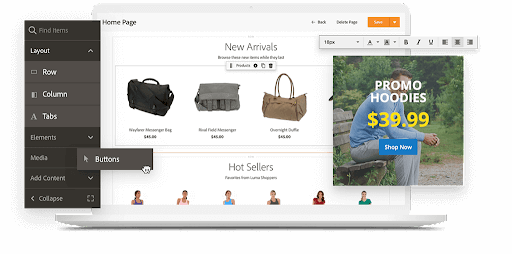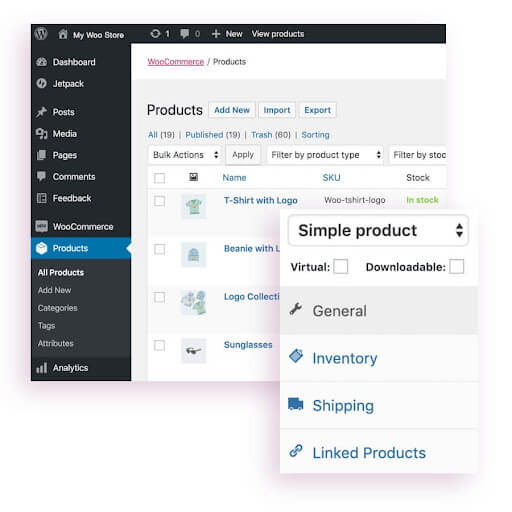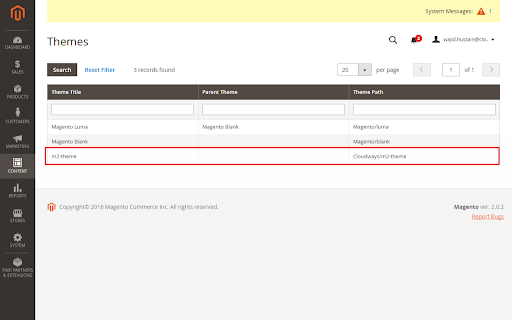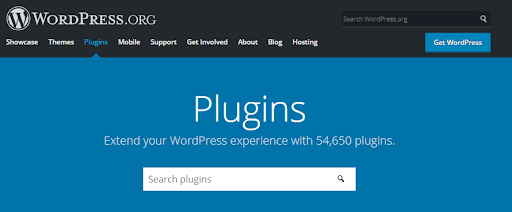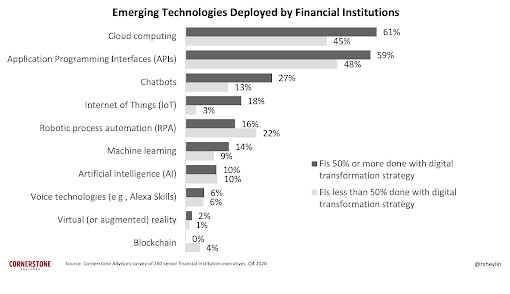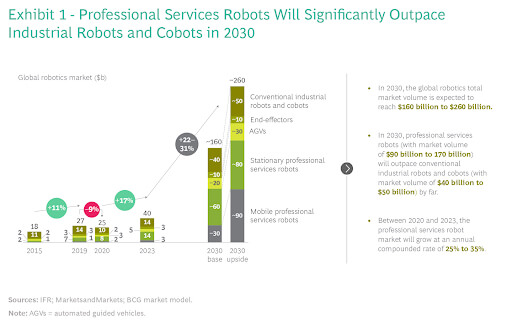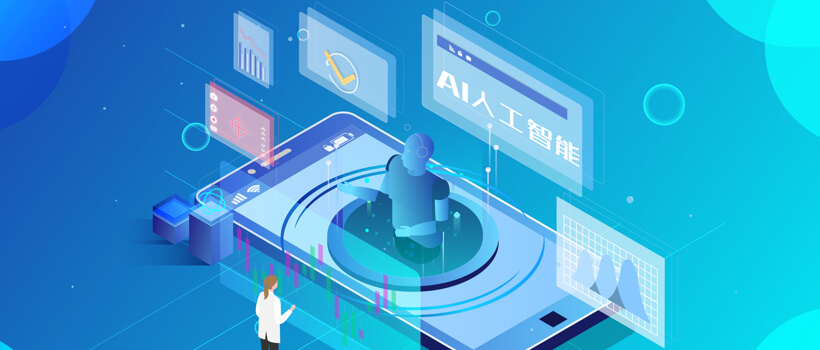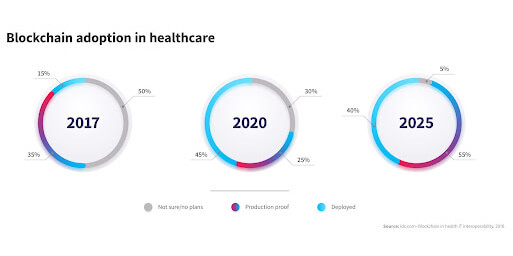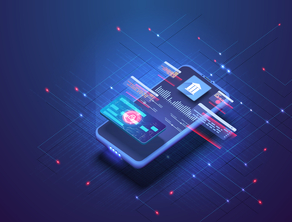
Table of contents
Speaking about the Internet of Things, have you ever wondered how your devices communicate with you on multiple levels? From schools to offices and healthcare centers to industries, tons of devices operate on the same system that interconnects them.
In this, we will offer a guide to the Internet of Things and how it operates on many levels in our daily lives. To understand the system, we must first know IoT’s actual meaning and what it makes of.
What is IoT or the Internet of Things?
IoT, or the Internet of Things, is a system of multiple interconnected physical devices communicating through the Internet daily lives. Their primary task is to collect data and transfer it to other applications and devices that function on the same system.
This data can somewhat communicate with us to offer services or answer our queries. These devices can also communicate with their other counterparts and transfer data from one device to another in no time.
The devices that operate in the IoT system are called IoT devices, and they can generate sensory data, biotelemetry data, and various other forms of data to transfer or receive information. These devices have mini processors like in standard computers. These processors act based on machine learning and collect further data due to their sensory abilities.
Defining IoT Systems: the [x]cube Way
The Internet of Things system is based on its four main pillars, which are commonly used in our day-to-day lives and perform various operations on the Internet. Internet our integrated parts are,
- Devices or sensors help transfer data to the cloud.
- Connectivity, along with wit Data Collection, acts primarily to transfer data to the cloud; methods are HTTP/S, Bluetooth, RFID readers, and FTPs. These methods require a host to collect the data.
- Machine Learning is a stage where all the devices process the collected data and then perform actions according to the data they collected. All of this happens based on preferences.
- The user interface is a medium through which users can decide on their actions using the traditional user interface.
Why Does IoT Matter to Your Business?
As the world grows, its need for technology also increases to prominence levels. We can see that almost 50 million people use devices that function solely on IoT. These devices are interconnected and strongly perform their tasks of generating and communicating data with each other.
This helps both consumers and business owners completely trust IoT and its IoT-centric devices with their functionality and operations. It also helps humans understand the possible strategies and ideas one can have while using an IoT-based system, allowing for better and more precise decision-making.
IoT has many benefits in our daily lives that we can experience multiple times a day. There was a time when only consumers used IoT for their entertainment and daily activities; however, things have changed now, and businesses are also moving towards this system.

What are the Advantages of IoT
As mentioned above, there are multiple cases where IoT is currently performing in a revolutionary and innovative way that might not have been possible a decade ago. Continuous advancements are making the world of IoT more stable for the upcoming times.
Here are some of the benefits that IoT offers us in multiple sectors,
Automation in the Industrial Sector
Multiple industries use the Internet of Things to increase reliability and sustainability in production and growth. This is more common in automated sectors where numerous robots are building or manufacturing things, not humans.
If such industries adopt any traditional medium, such as manufacturing through humans, it will slow down production and increase multiple requirements, such as labor wages for the company. Manufacturers want to gain as much as possible, so they use devices that communicate through the Internet For multiple tasks.
Companies contain data on the sensory motions of these robots so that they can be utilized on their own. Furthermore, this also opens the door for scientists working on data to modify these machines with features that the industrial sector can detect when the so-called IoT-based robots or infrastructure has reached its limit.
This will reduce the risk of sudden expense on repair and management and require fewer management efforts by the company. It will increase the production level and efficiency of the product and build a trustable reputation for the company. Manufacturers also have the advantage of checking the health points of their devices and predicting the maintenance time.
Collection of Data
It is no surprise that humans now have a lot of data scattered around them. There was nothing like this some 20 years ago, but as we move from platform to platform, exposing ourselves to the never-ending realm of the Internet, the Internet is now more exposed to tons of data that never stops flowing. The speed of this data is also increasing daily without ever stopping.
Undoubtedly, the future of the human race will be enriched with data. The puzzling factor related to data is that humans cannot decide and analyze the data they are exposed to now and then. So, the answer to processing it was the Internet of Things, along with analyzing and processing it for humans to utilize for their betterment and growth.
IoT has a unique approach to collecting data and transferring it to its integrated devices. It collects the data from several places and then processes it to perform multiple tasks on various mediums wherever these devices perform.
Personalized Customer Experience
Since it is a system based on multiple integrated devices that communicate and share data, it offers humans a personalized customer experience. Customers receive a level of support and trust from these devices and can communicate with them without any hindrances.
Customers have the perks to enjoy these services on air, sea, and land. These devices provide continuous improvements to users as they collect data based on what their consumers or clients prefer. This strengthens their link with their clients or consumers while fulfilling their needs.
Greater Revenue
The better the experience, the better the revenue. Whether in the industrial sector or health, if consumers are getting personalized experiences and are happy to be offered services by IoT devices, it will automatically turn the Internet of Things into a profitable and great revenue-based system for multiple sectors.
It is a great alternative for small businesses struggling to reach specific business heights and trying to elevate their reputations in challenging market conditions.
Stable Public Sector
Whether in the public or private sector, IoT-based devices offer notifications related to water, energy, and many other essentials and utility-related elements. They collect data on the area where their clients or consumers live and notify the government based on their consumers’ needs to enhance living standards.
This means that IoT devices massively improve the conditions of their consumers both in the private and public sectors.
Progress in Healthcare
Last but not least, IoT devices are strongly embedded in the healthcare sector. We see many machines and labs that operate on such devices and perform pretty well for their consumers. From sensors to trackers, the Internet of Things in healthcare is resolving many issues that were a massive pain in the early technological years.
Furthermore, they also help improve these healthcare centers’ financial systems to avoid consumer outrage.
Concerns Regarding IoT
It doesn’t mean that if IoT is progressing in multiple fields, there won’t be any reservations or concerns related to it. Everything has its flip side, and so does IoT. There are two major concerns related to IoT that we usually witness on a massive level. Both of these concerns are elaborated below.
Security
If there is progress, then that means there will be some challenges parallel to the progress that the world is experiencing, and this is the case with IoT. With the Internet of Things, cybersecurity implementation has to be beefed up, and uncertainties around this have resulted in many business leaders delaying their implementations.
The alarming increase in the number of devices is a threat to security and can lead to possible security breaches in the future. Hackers can access consumer data on multiple levels. On the other hand, we might collectively experience security or software glitches that can occur due to any malware in the IoT system.
Standards of IoT
With increasing growth, consumers tend to demand more modification. The current demand from consumers is to define a set of uniform standards for both industries and for consumers who regularly use IoT devices for daily tasks.
This will expose companies that can alter consumer data for their benefit and use that data to create consumer traps. In the future, manufacturers may have to provide liability and security to their consumers so that their consumers can enjoy a safe IoT-based sphere.

The Future of IoT According to [x]cube LABS
It is no surprise that the future belongs to technology and advancements. The Internet of Things is a powerful system that is slowly and continuously building its reputation for a more digital future for the human race. Companies such as Tesla are now recognizing the potential of IoT and are working to introduce IoT-based projects for their consumers. This means we can witness more tech-based companies adopting the same approach.
However, like any other growing technology, risks and threats are inevitable and can have drawbacks in the future. Currently, IoT-based devices are working and offering three main services to their consumers: maintenance, integration, and data processing.
After performing all three services, they can communicate it to multiple mediums, making it easy for the consumers. Perhaps this might include more revolutionary consumer features in the future and lead to efficient outcomes for all sectors in general.
Conclusion
We can safely say that currently, IoT is serving multiple sectors with ease. There is a possible drawback to the system, but without IoT, it is almost practically impossible to meet the communication conditions and challenges. However, there is always room for improvements and better features that can be installed to make the realm of IoT more convenient and effective for its consumers.
Multiple enterprises are also curating ideas and projects that can eliminate IoT devices’ security and safety threats and are moving towards uniform standards for their consumers.


 1-800-805-5783
1-800-805-5783






















































































